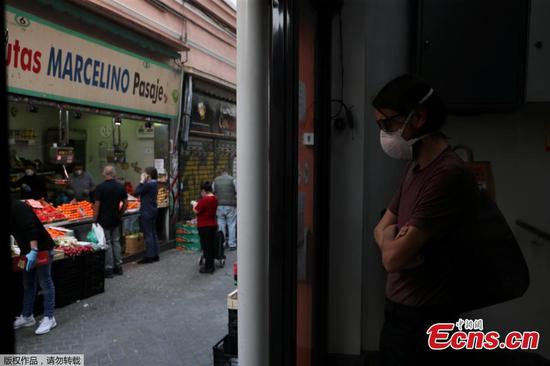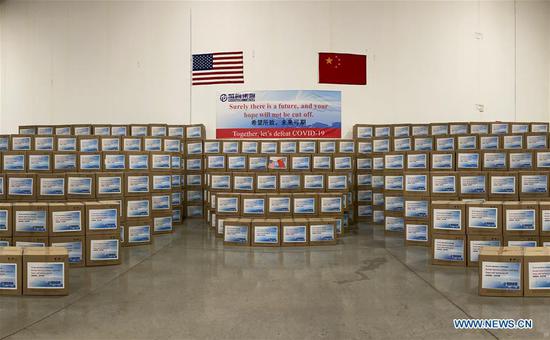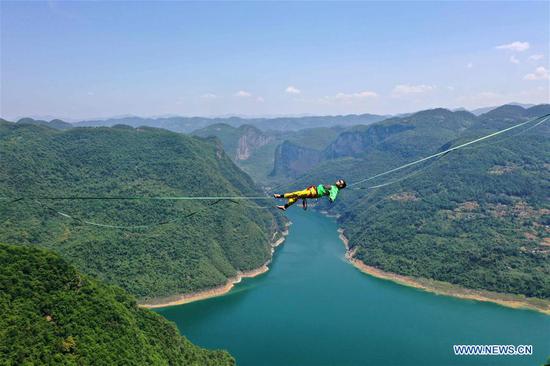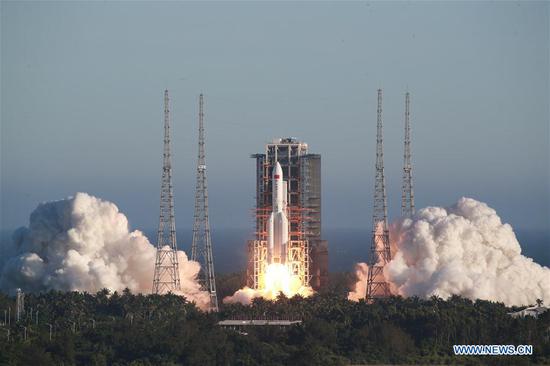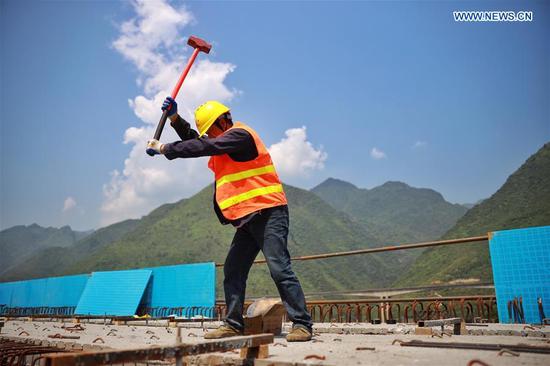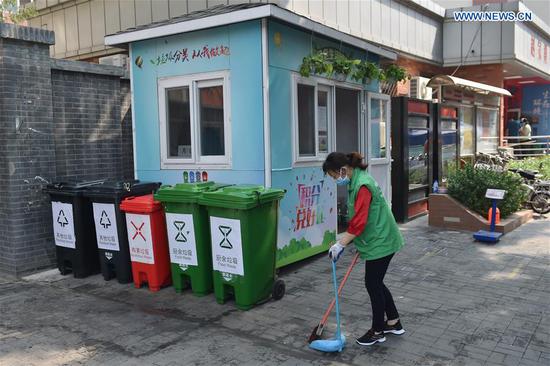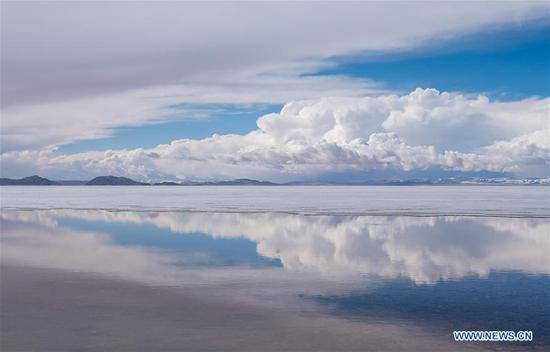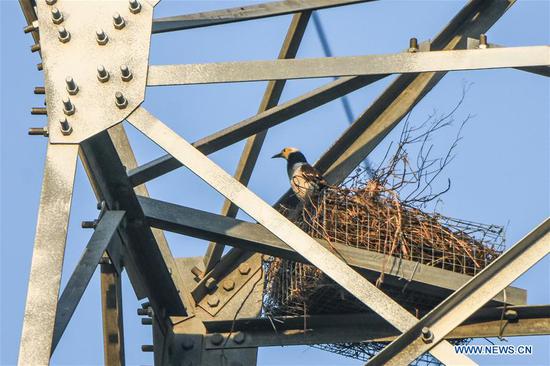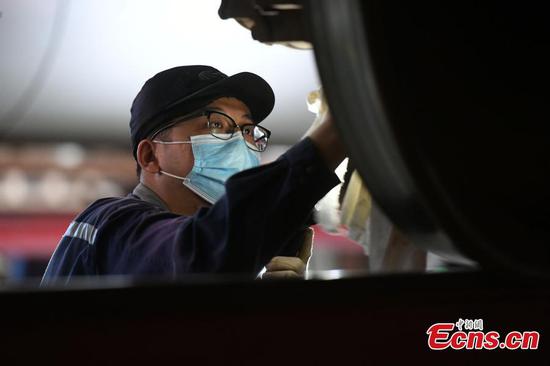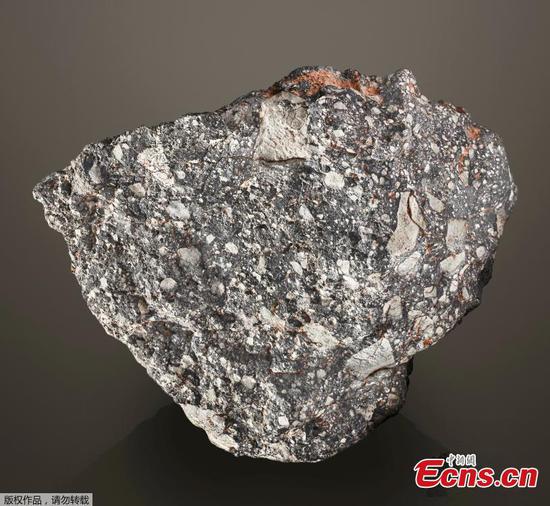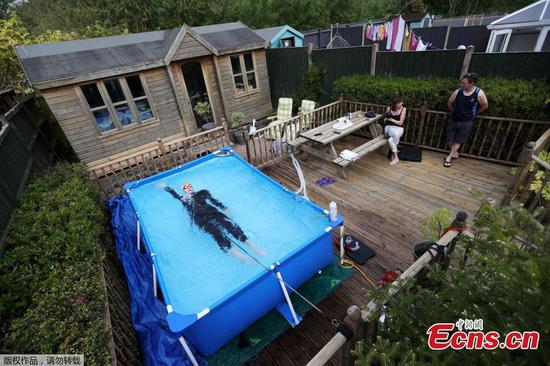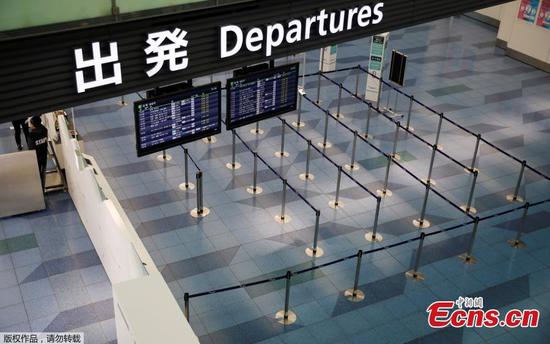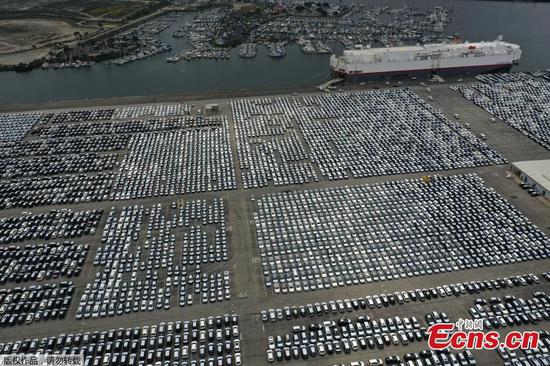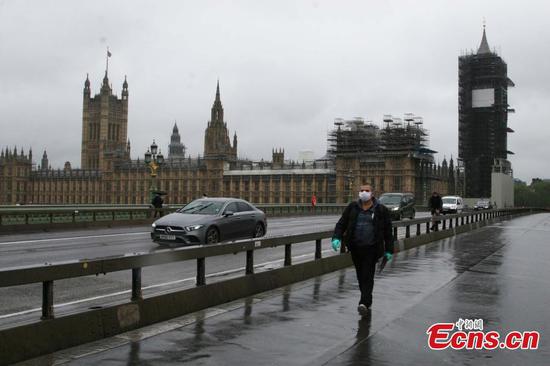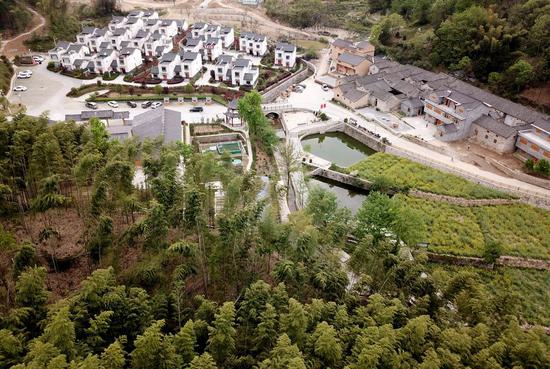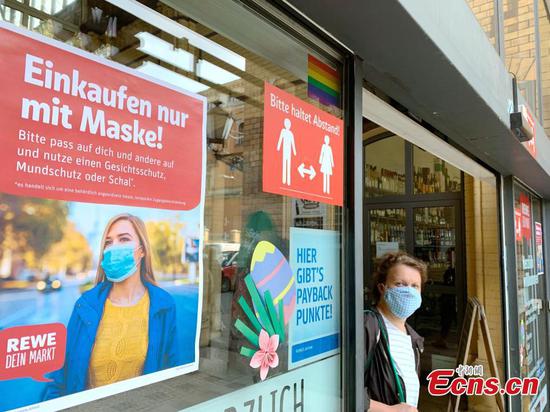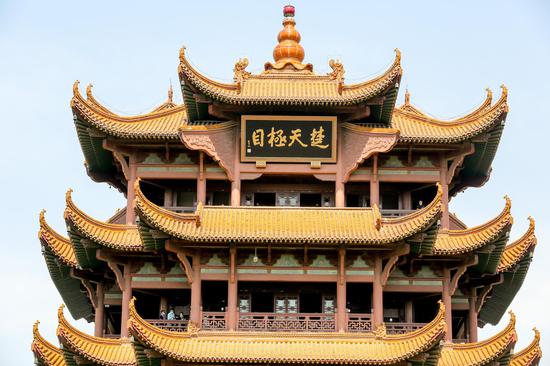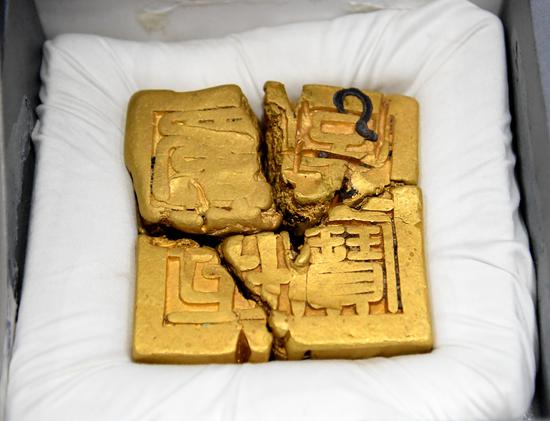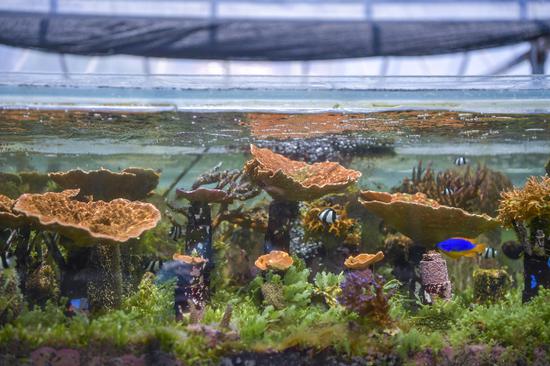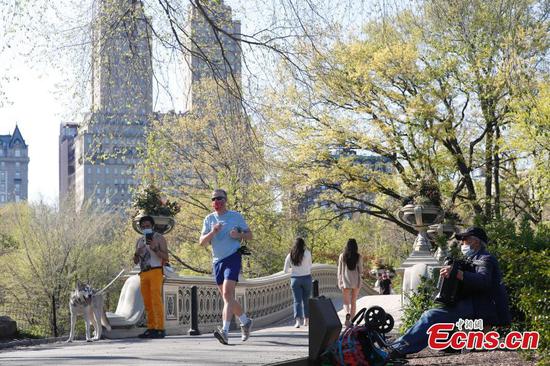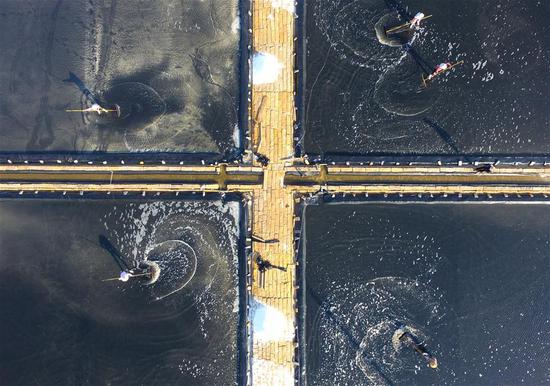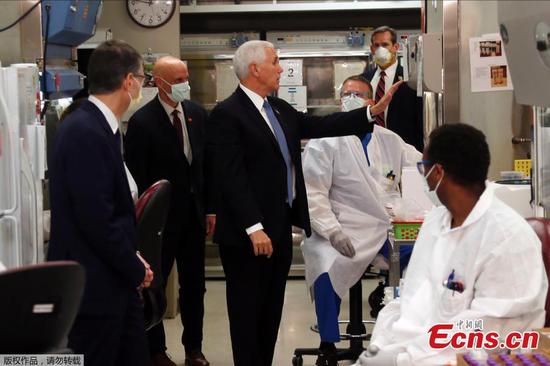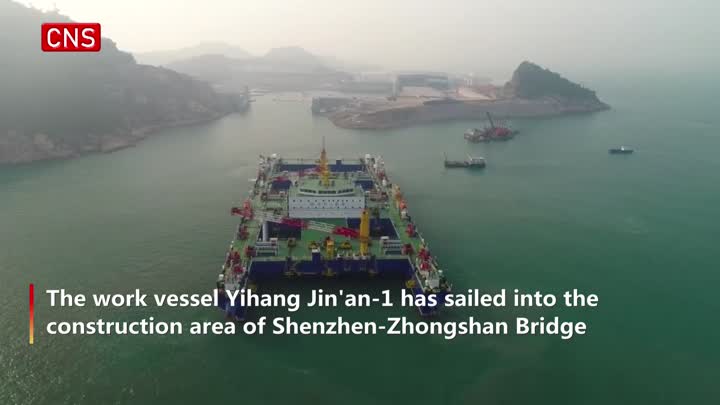
Ships dock at a tourism port on the Yangtze River in Zigui, Hubei province, last month. (LEI YONG/XINHUA)
Big polluters to pay heavier penalties to offset river damage, new guideline says
To remediate damage to the Yangtze River, China is turning to a more market-based mechanism for sewage disposal in the Yangtze River Economic Belt that will lead those producing heavier pollution to pay a higher price, according to a recent guideline.
The initiative will boost the sewage treatment industry's development in the belt and enhance water pollution control, experts said.
The guideline, published by five central government bodies including the National Development and Reform Commission and the Ministry of Ecology and Environment, aims to tap the potential of price leverage to ramp up prevention and control of water pollution in the belt, according to an NDRC news release.
Designed to "incorporate ecological and environmental depletion into the costs of enterprises and households", the guideline will promote production modes and lifestyles consistent with green development, it said.
Under the guideline, instead of charging all emitters the same treatment fees, local governments will be encouraged to adopt differential pricing systems, with charges based on the difficulty of sewage disposal.
The trunk stream of the Yangtze flows almost 6,400 kilometers across 11 provincial regions, including Hubei and Hunan provinces and Shanghai. Its drainage basin covers one-fifth of China's land area and accommodates about a third of its population.
Liu Jiaqi, an expert on environmental policy at Liaoning University in Shenyang, Liaoning province, said the guideline will help relieve the Yangtze's overburdened environmental system and provide impetus for green development in the region.
Generally, the current charging standards for sewage treatment don't vary much across regions. As the country ramps up remediation efforts in the Yangtze, however, sewage treatment costs along the river are expected to continue to rise, said Liu, director of the university's research center for environmental, natural resources and energy law.
The belt is already subject to stricter sewage treatment requirements than many other parts of the country.
By the end of 2017, sewage treatment plants in key areas along the Yangtze had to ensure that water they discharged reached Class A of Grade 1, the highest in the country's four-tier system for disposed water, according to a plan released that year on the protection of the river's environment.
By the end of this year, at least 85 percent of sewage in county-level cities along the belt will be collected and treated and 95 percent in major cities.
"If the charging standards for sewage treatment in the belt are not adjusted in a timely and appropriate manner, it will have a negative impact on the operation and development of sewage treatment enterprises and also leave governments in the region financially overburdened," Liu said.
The policy would also increase the profit margins of sewage treatment enterprises, he added.
Local governments in China currently have to make up the difference if fees collected for sewage treatment fail to meet associated costs.
Most sewage treatment projects in China adjust prices every three to five years, which means fee adjustments usually lag changes to their costs, according to a news release by Weibo, a consulting company based in Shenzhen, Guangdong province.
The dynamic price adjustment mechanism included in the guideline should see treatment fees updated more quickly and help increase gross profits for treatment companies, it said.
The guideline also includes preferential policies to reduce their costs, and calls for sewage treatment plants to be given concessions in charges related to power consumption, and also says they could build their own solar power generation facilities to meet their electricity demands.
Weibo said power consumption accounts for about 40 percent to 50 percent of sewage treatment plants' costs, and Liu said such policies will greatly reduce those costs.
"To promote high-quality development in the Yangtze Economic Belt, in addition to phasing out outdated industrial capacity, the country should also make intensified efforts to foster new drivers for growth," Liu said.
"While guaranteeing water pollution control in the Yangtze, the guideline will boost the development of sewage treatment enterprises and relevant industries, transforming them into such new drivers."
The Yangtze has experienced continuous improvement in its water quality in recent years. By the end of last year, water in 91.7 percent of monitoring sessions in the river was at or above Grade III, the third-highest in China's five-tier quality system for surface water, up by 4.2 percentage points year-on-year.
Water in 0.6 percent of the sessions was below Grade V, the lowest quality, down by 1.2 percentage points.









